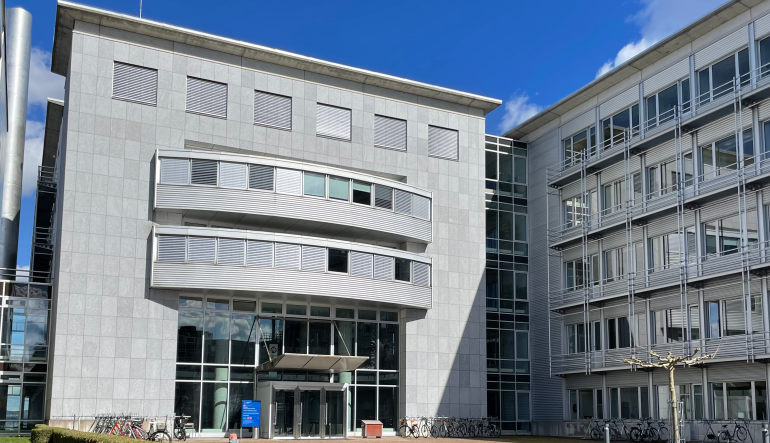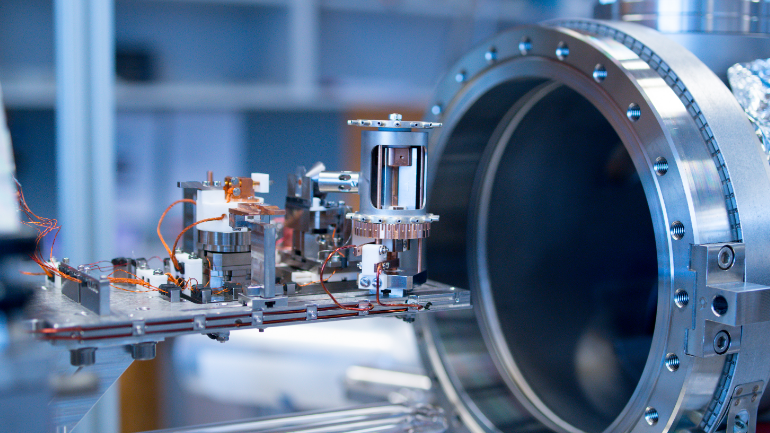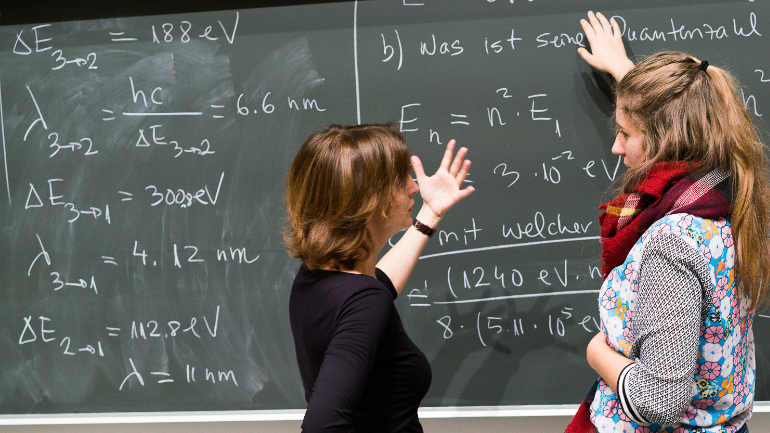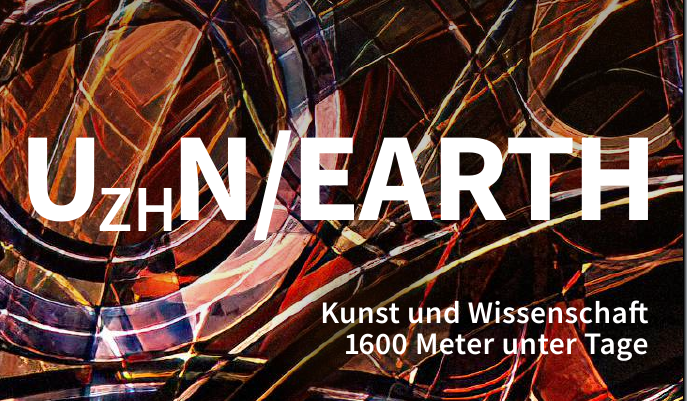Aktuelle News
Newsliste
-

Quantum Century Ausstellung
IIn der UZH Bibliothek Naturwissenschaften, Campus Irchel
Öffnungszeiten: Montag-Freitag 9:00-17:00
Mehr -
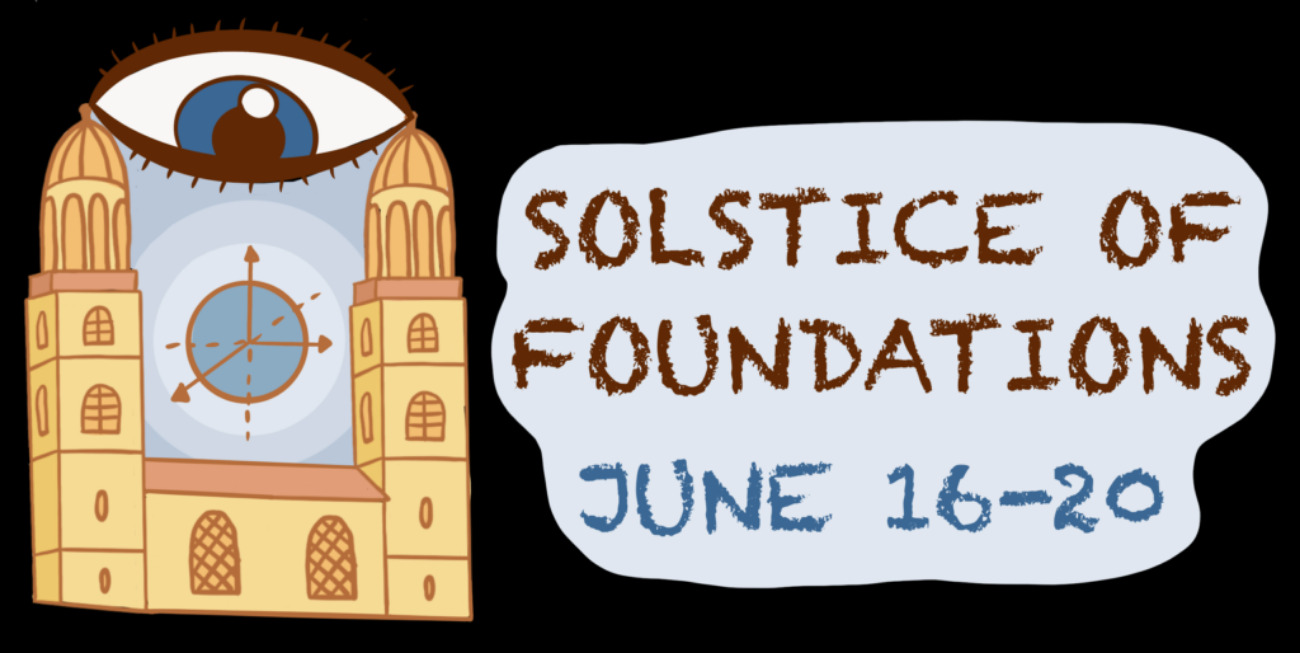
Solstice of Foundations
Summer school on Quantum Foundations, 16-20 June 2025 @ University of Zurich
https://foundations.squids.ch/ -
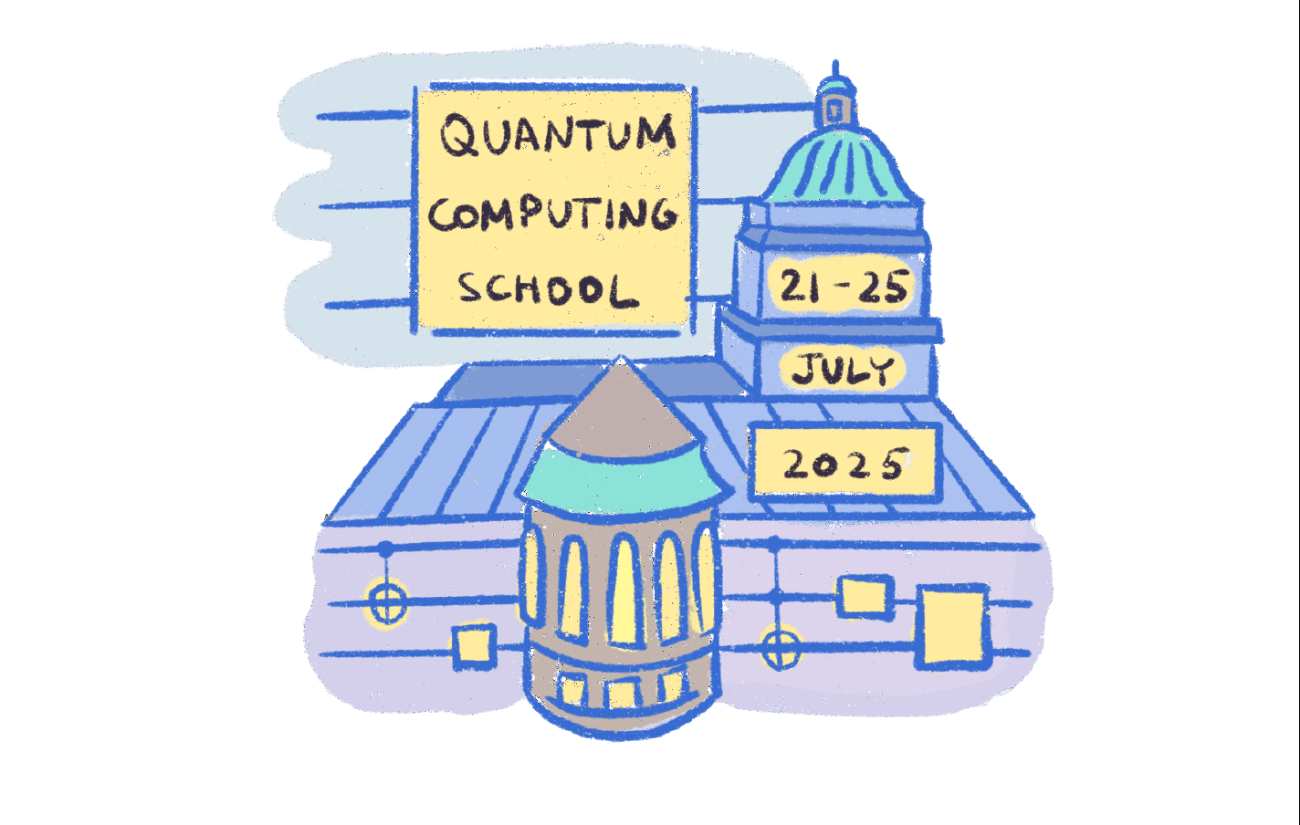
-
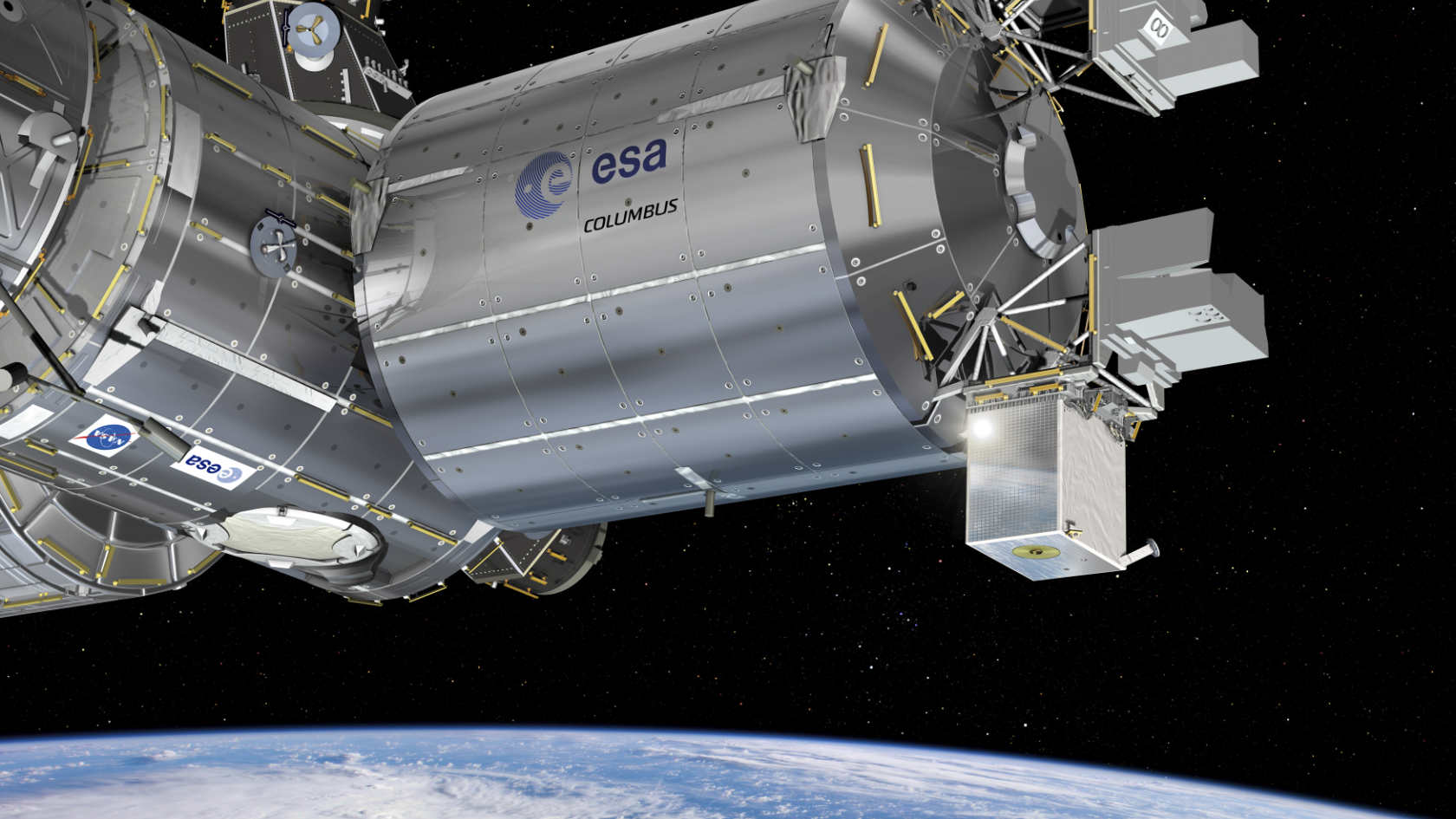
Start des ACES-Experiments der ESA
ultrapräzise Atomuhren im Weltraum werden Albert Einsteins allgemeine Relativitätstheorie testen. Bei ACES dabei ist die Gruppe von Philippe Jetzer.
-
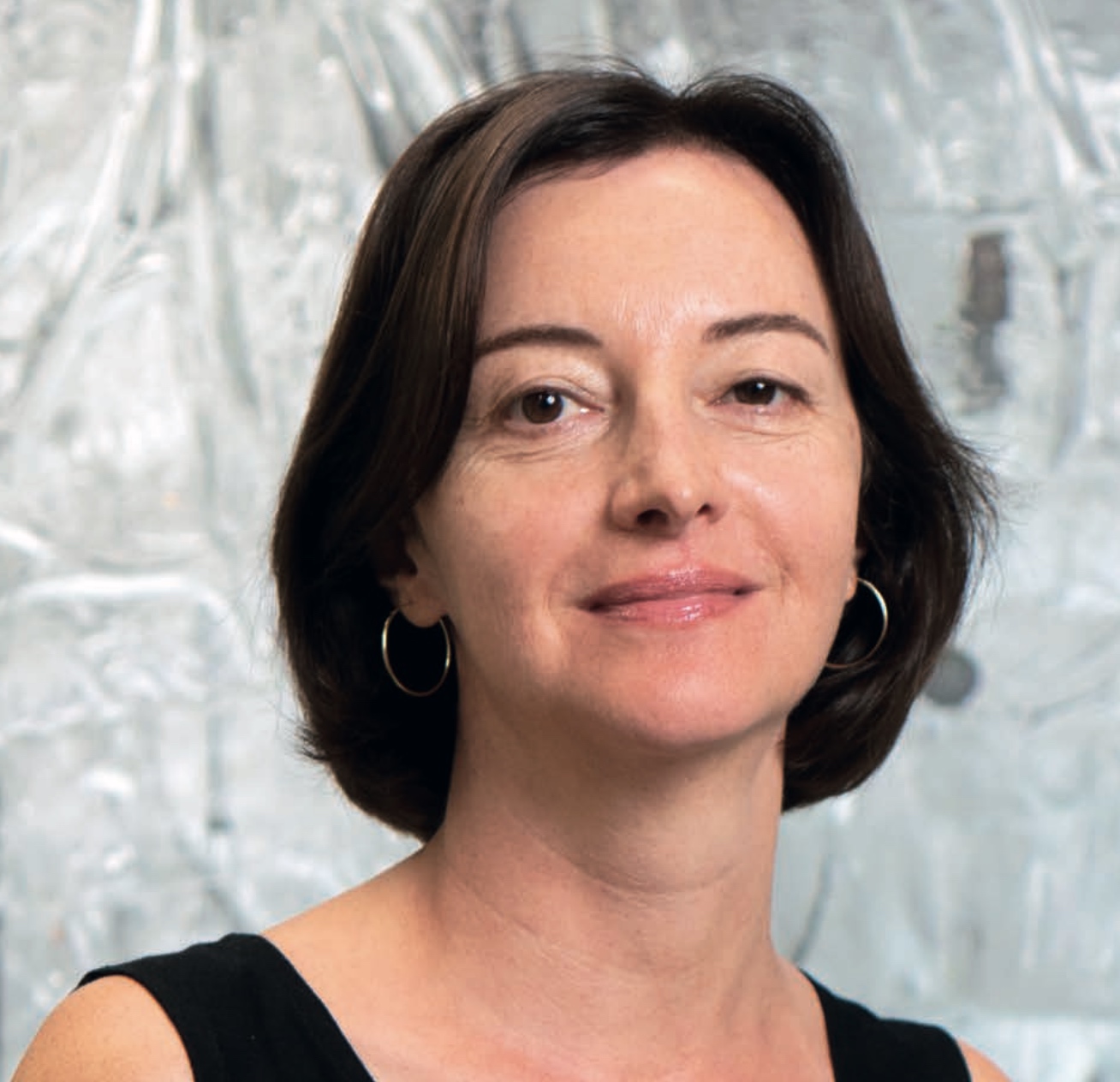
Glückwunsch an Laura Baudis, die in die U.S. National Academy of Sciences gewählt wurde
Die National Academy of Sciences wählte Laura Baudis in Anerkennung ihrer herausragenden und kontinuierlichen Leistungen in der Grundlagenforschung.
-
The LHC experiment collaborations at CERN receive Breakthrough Prize
The prize was awarded to the collaborations for their “detailed measurements of Higgs boson properties confirming the symmetry-breaking mechanism of mass generation, the discovery of new strongly interacting particles, the study of rare processes and matter-antimatter asymmetry, and the exploration of nature at the shortest distances and most extreme conditions at CERN’s Large Hadron Collider”.
-
-

Zürich und die Geburt der Quantenmechanik
Artikel über das Leben und die Forschung von Wolfgang Pauli und Gregor Wentzel in den 1920er Jahren
-

Gina Gibson: Artist-in-residence
Gina Gibson ist bildende Künstlerin und Professorin für digitale Kommunikation an der Black Hills State University (US).
Gina ist Gastprofessorin und Artist-in-Residence am Physik-Instituts. Während ihres Aufenthalts wird sie mit Forschenden zusammenarbeiten, und Kunst schaffen, die sich mit der wissenschaftlichen Gemeinschaft auseinandersetzt und die Überschneidung von Kunst und Physik erforscht.
Ihre Arbeiten sind derzeit in der Ausstellung UZHN/EARTH im Science Pavilion UZH zu sehen.
-

Welcome Professor Nigel Glover
Prof. Dr. Nigel Glover, professor for theoretical particle physics at the Durham University joins the group of Thomas Gehrmann as a guest professor.
-

Small But Mighty: TESSERACT Joins the Hunt for Dark Matter
Using super-sensitive detectors smaller than a stamp, a new experiment is searching for dark matter at masses no other experiment has explored.
-

Guest Professor Matthias Neubert
Prof. Dr. Matthias Neubert, professor for theoretical particle physics at the Johannes Gutenberg University Mainz joins the group of Gino Isidori as a guest professor.
-
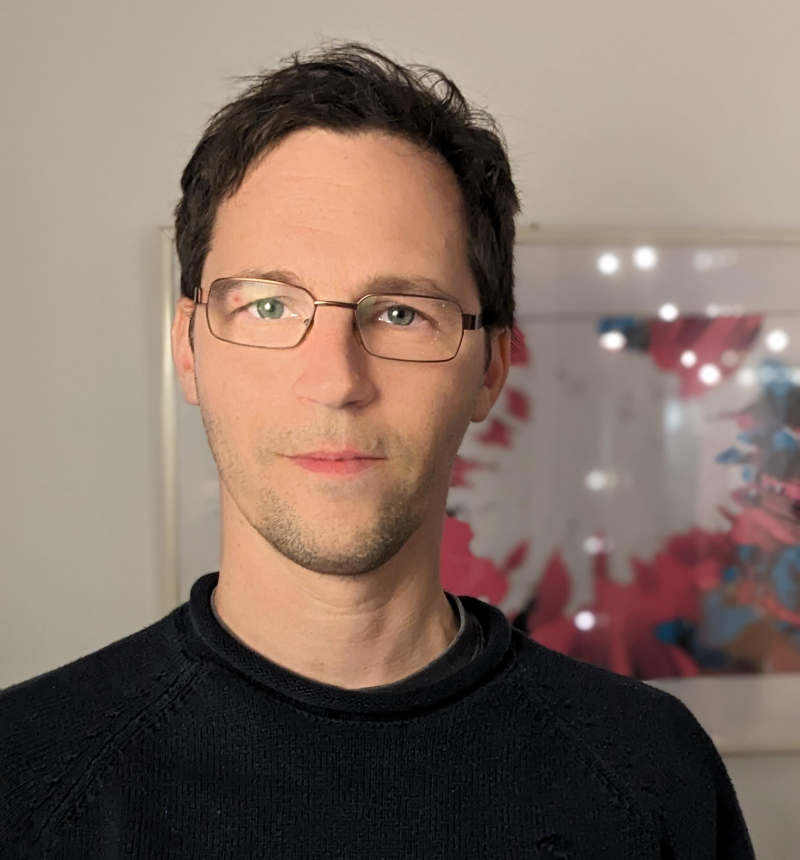
Fabian Natterer
Glückwunsch zur Beförderung zum ausserordentlichen Professor für Quantenmaterialien und Sensorik
- Quantum Century Ausstellung
- Solstice of Foundations
- Quantum Computing Summer School
- Launch of ACES
- Congratulations to Laura Baudis
- Breakthrough prize 2025
- Dark sirens singing about dark energy
- Gina Gibson: Artist-in-residence
- Guest Professor Nigel Glover
- Small But Mighty: TESSERACT Joins the Hunt for Dark Matter
- Guest Professor Matthias Neubert
- Fabian Natterer
